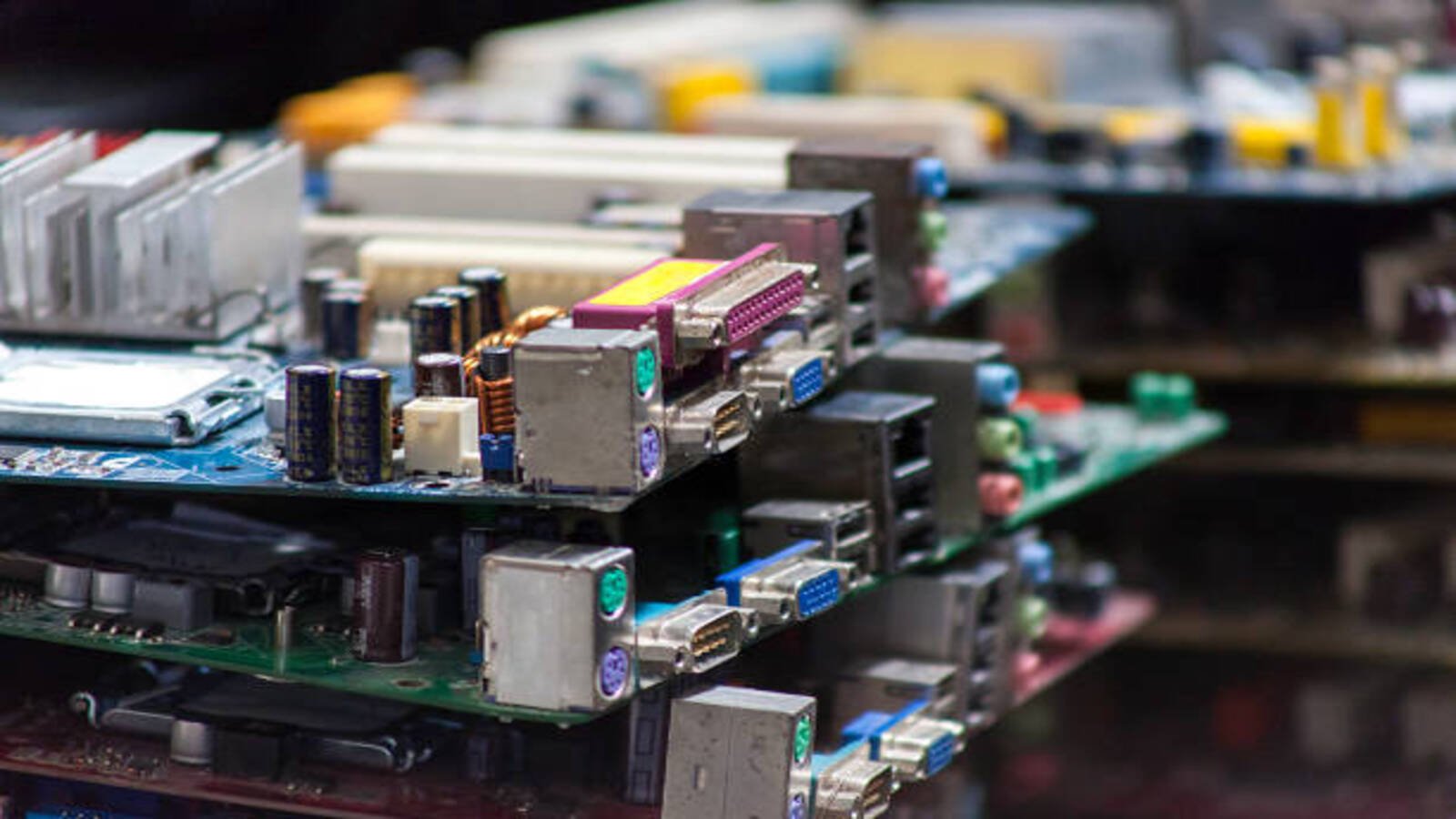Introduction
Machining components is a critical process for the manufacturing industry. The process involves the removal of material from a workpiece using machining tools. However, machining alone is not enough to produce high-quality components. Surface finishing is also critical to achieve the desired end results. In this article, we will explain the importance and benefits of surface finishing in machining components.
Improved Corrosion and Wear Resistance
Surface finishing can improve the corrosion and wear resistance of machined components, which is essential for their longevity and durability. Finishing methods such as electroplating, anodizing, and powder coating create a protective barrier that prevents oxidation, rust, and other forms of degradation. Additionally, polished surfaces can also improve the component's fatigue strength, making it more resilient against bending and torsion forces.
Tight Tolerances and Smooth Surface Finish
Surface finishing can help achieve tight tolerances and smooth surface finishes. Machined components must meet precise dimensional requirements to ensure proper functionality and safe operation. With surface finishing, the surface roughness can be reduced to achieve these tolerances. Additionally, surface finishing, such as lapping and honing, can create a mirror-like finish that is aesthetically appealing and functional in applications where high precision is required.
Improved Lubrication and Reduced Friction
Surface finishing can also improve lubrication and reduce friction in components. This is essential for applications where high-speed rotation or sliding is required, such as in engine components or bearings. A smooth surface finish allows for better lubricant retention, reducing friction and wear. Furthermore, surface finishing can also improve the surface's ability to retain oil, which enhances the overall lubrication system's performance.
Elimination of Burrs and Sharp Edges
Machining components can leave burrs and sharp edges that can be dangerous or impede proper function. Surface finishing can eliminate these imperfections and ensure that the component is free of any potential hazards. Deburring, chamfering, and edge rounding can be used to create a smooth transition between different surfaces, promoting safe operation and preventing mishaps.
Enhanced Adhesiveness and Bonding
Surface finishing can also enhance adhesiveness and bonding in components. Many applications require components to be bonded or adhesive-bonded to each other or to other surfaces. Processes such as grit blasting and chemical etching can improve the surface's adhesion ability and create a better bond. Additionally, surface treatment can improve the component's wetting behavior, allowing for better adhesion of adhesives.
Improving Component Efficiency
Surface finishing can improve the efficiency of components. With a polished or plated surface finish, components can reflect heat and light, reducing overall energy consumption. Additionally, surface finishing can reduce wear, improving the component's lifespan and reducing maintenance costs. This efficiency improvement is crucial in applications where energy costs are high or where downtime can result in significant financial losses.
Improved Surface Hardness
Surface finishing can improve the surface hardness of components, making them more wear-resistant and increasing their service life. Many finishing techniques, such as thermal spraying and nitriding, can produce a hardened surface that can resist wear and tear. This improved surface hardness also increases the component's resistance to deformation, improving its overall mechanical properties and load capacity.
Improved Aesthetics
Surface finishing can also improve the aesthetics of machined components. A smooth, polished finish is visually appealing and can improve the overall look of the component. This is important in applications where the component is visible or where aesthetics are essential. Additionally, surface finishing can alter the color and texture of the component, providing a wide range of options to meet specific aesthetic requirements.
Reduced Noise and Vibration
Surface finishing can reduce noise and vibration in components, improving their overall performance. Unfinished or rough surfaces can create noise and vibration as the component operates. With surface finishing, the surface roughness can be reduced, creating a smooth surface that minimizes noise and vibration. This is especially important in applications where noise and vibration levels must be kept to a minimum.
Conclusion
In conclusion, surface finishing is critical for machining components. It improves corrosion and wear resistance, tight tolerances and smooth surface finish, lubrication and friction reduction, hazard elimination, adhesiveness, efficiency, aesthetics, surface hardness, and noise and vibration reduction. These benefits are essential for the manufacturing industry to produce high-quality components that meet precise requirements, operate safely, and last a long time.
Quote Inquiry
Contact us!
